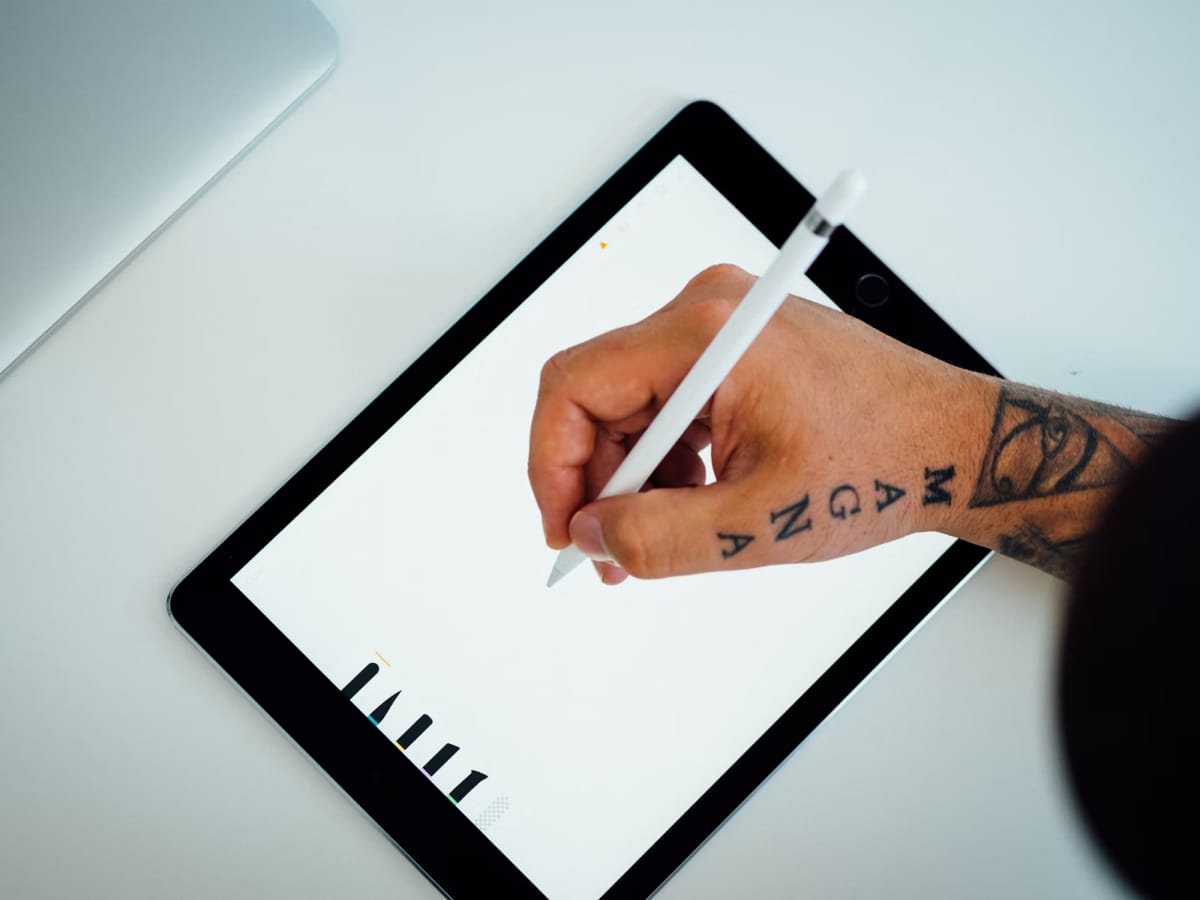Digital design has become an integral part of our modern world, shaping the way we interact with information, products, and services. From websites and mobile apps to branding and advertising, digital design encompasses a wide range of disciplines and practices. In this article, we’ll demystify the world of digital design by exploring its tools and trends, making it easy for beginners to understand.
Table of Contents
Understanding the Basics of Digital Design
At its core, digital design is about creating visually appealing and functional experiences for users across various digital platforms. It involves a combination of graphic design, user interface (UI) design, and user experience (UX) design principles to deliver engaging and intuitive designs.
Graphic design focuses on visual elements such as typography, color theory, and layout, while UI design deals with the design of interactive elements and interfaces. UX design, on the other hand, is concerned with the overall experience of the user, including usability, accessibility, and user flow.
Essential Tools for Digital Design
To create digital designs, you’ll need access to a variety of tools and software programs. Adobe Creative Cloud is a popular choice among designers, offering a suite of applications tailored for digital design, including Adobe Photoshop for image editing, Adobe Illustrator for vector graphics, and Adobe XD for UI/UX design prototyping.
Sketch and Figma are other popular tools used by digital designers, particularly for UI/UX design projects. These tools offer features such as collaborative design, responsive design capabilities, and reusable components, making them ideal for designing modern digital interfaces.
Keeping Up with Design Trends
The field of digital design is constantly evolving, with new trends and techniques emerging regularly. Staying up-to-date with these trends is essential for digital designers to ensure their designs remain relevant and engaging.
One trend that has gained prominence in recent years is minimalism, characterized by clean, simple designs with ample whitespace and intuitive navigation. Another trend is the use of bold, vibrant colors and typography to create eye-catching designs that stand out in a crowded digital landscape.
Responsive design is another important trend in digital design, as more users access digital content on a variety of devices, including smartphones, tablets, and desktop computers. Designing responsive interfaces that adapt to different screen sizes and resolutions is essential for providing a seamless user experience across devices.
Embracing Accessibility and Inclusivity
In addition to staying abreast of design trends, digital designers must also prioritize accessibility and inclusivity in their designs. This means designing interfaces that are accessible to users with disabilities, including those with visual, auditory, or motor impairments.
Incorporating features such as alternative text for images, keyboard navigation, and high contrast color schemes can make digital content more accessible to a wider audience. Designing with inclusivity in mind not only improves the user experience for all users but also reflects a commitment to diversity and equality in design.
Designing for the Digital Age
Digital design is a multifaceted discipline that encompasses various tools, techniques, and trends. By understanding the basics of digital design and staying informed about emerging trends, designers can create engaging and Mastering the Art of Digital Illustration: Techniques and Tips accessible experiences for users across digital platforms. Whether designing websites, mobile apps, or branding materials, digital designers play a crucial role in shaping the digital landscape of the future.




